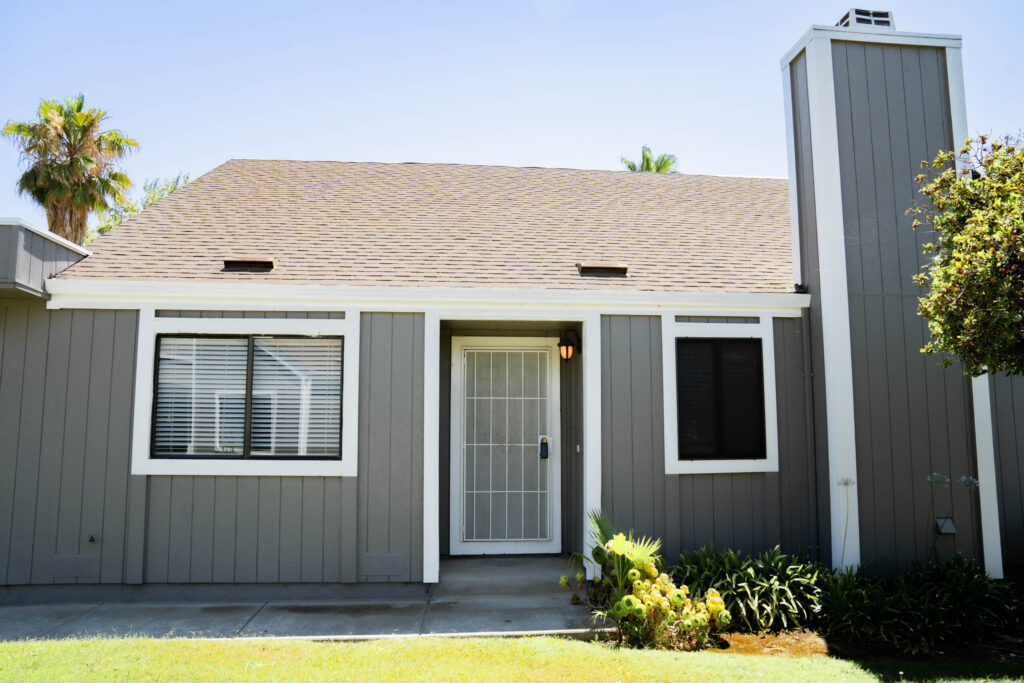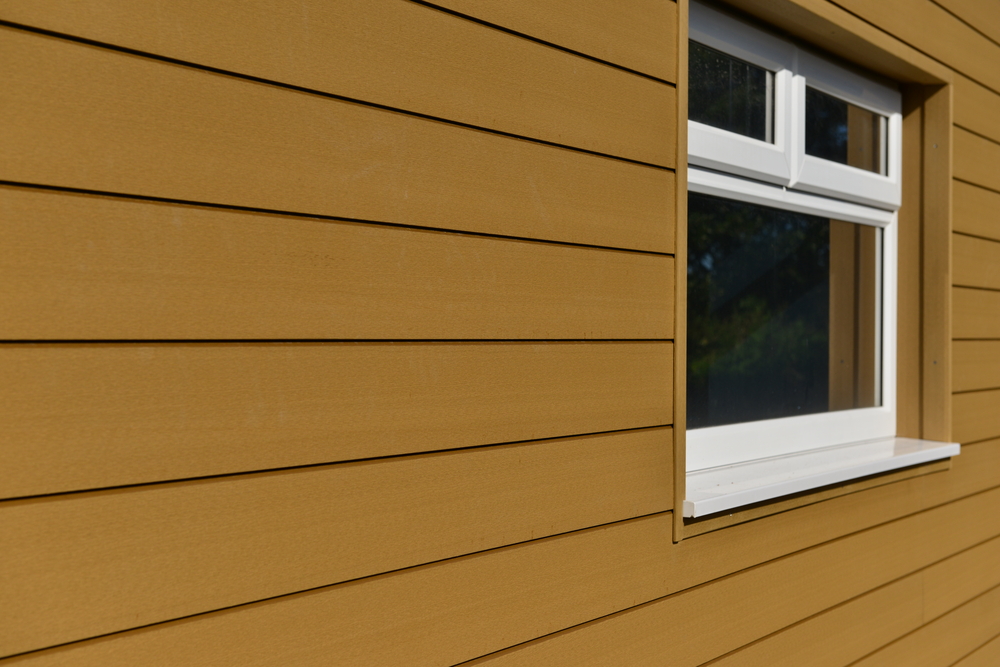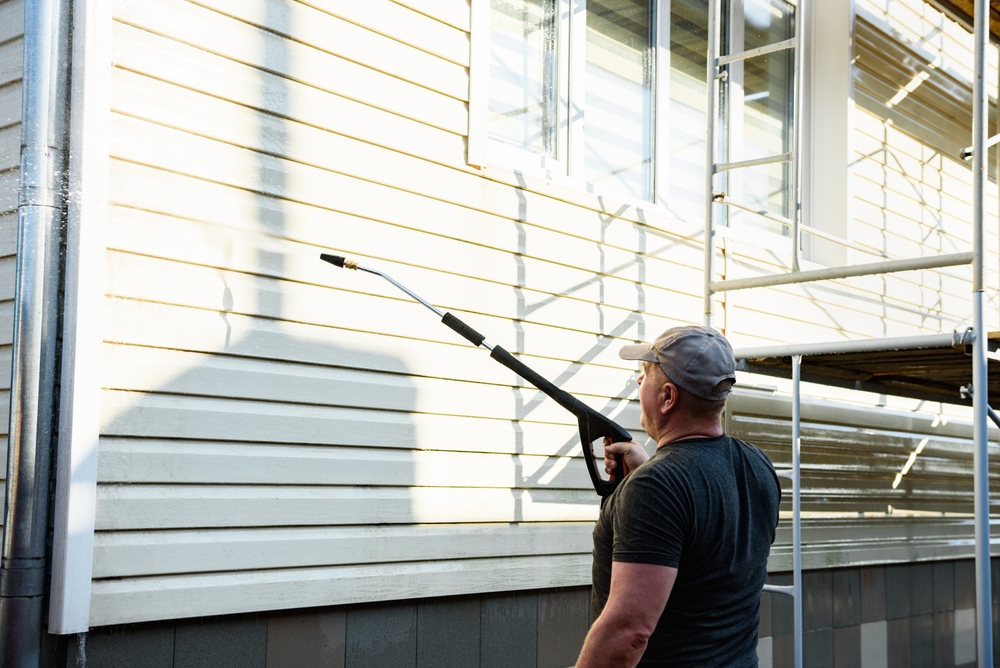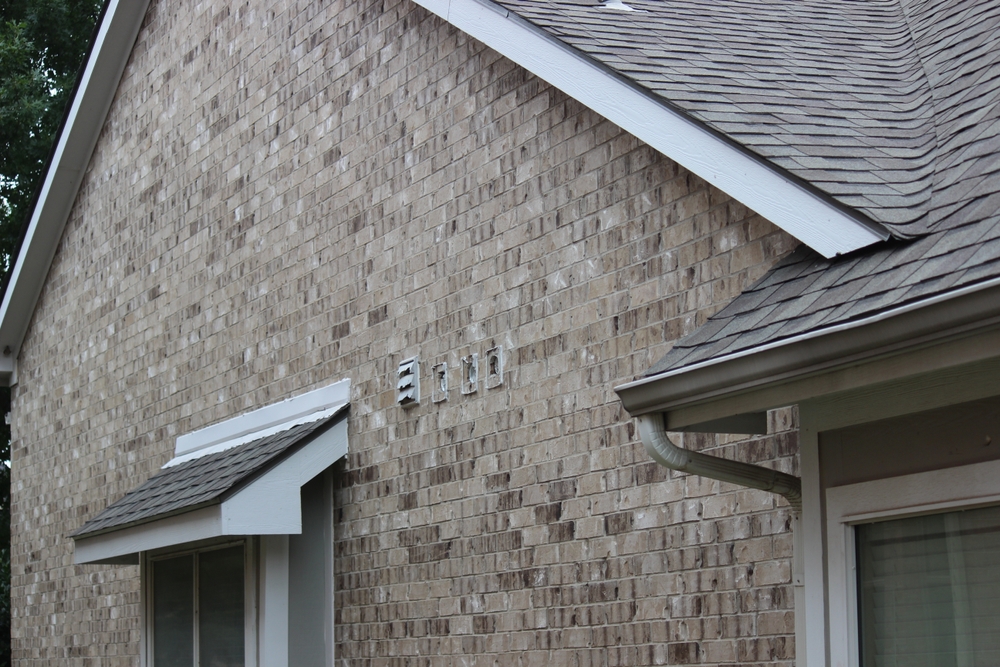Imagine wrapping your home in a blanket, snug against the chill of a Northern California winter. That’s the promise of James Hardie siding, a robust insulator and protector against the elements. But what makes it stand out in the vast market of home sidings? Let’s unravel the fabric of this innovative product.

James Hardie siding is renowned for its durability and aesthetic appeal. However, as the brisk air of Northern California’s winter begins to bite, homeowners are increasingly turning to this robust material for its less talked about, yet equally significant, insulating benefits. This comprehensive guide delves into the world of James Hardie siding, revealing how it not only stands up to the harshest of elements but also envelopes your home in a cocoon of warmth, significantly reducing energy bills and increasing comfort during the chilly months.
Understanding James Hardie Siding
Starting with the basics, James Hardie siding is a brand of fiber cement siding that is designed to withstand the elements while providing a sleek look to the exterior of your home. This siding is composed of a mixture of sand, cement, and cellulose fibers, which contribute to its impressive durability. Its resistance to fire, pests, and rot makes it an ideal choice for homeowners looking to invest in the long-term protection and enhancement of their property.
Why Insulation Matters in Northern California
Northern California is characterized by its diverse climate, where winters can be significantly cold, especially in the more elevated regions. Here, insulation is not just a luxury; it is a necessity. Proper insulation keeps the warmth in and the cold out, creating a comfortable living environment and reducing the strain on heating systems. James Hardie siding steps into this realm with its insulating properties, helping to maintain a consistent indoor temperature.
What is James Hardie Siding?
As you consider the siding for your home, it’s crucial to understand exactly what James Hardie siding is. Beyond its composition, this siding stands out for its ability to mimic other materials, like wood, thanks to its textural versatility. It can be painted in a variety of colors to suit any design palette and is known for holding its color well against the sun’s UV rays.
Thermal Resistance and Energy Efficiency
The thermal resistance of James Hardie siding is a significant factor in its insulating benefits. Its composition allows for a reduction in heat transfer, meaning your home stays warmer in the winter and cooler in the summer. This energy efficiency can be seen in lower utility bills, as homeowners find themselves less reliant on heating and cooling systems to maintain a comfortable indoor climate.
The Benefits of James Hardie Fiber Cement Over Stucco in the Bay Area
Weather Barrier Performance
One of James Hardie siding’s strongest suits is its performance as a weather barrier. When the winter rain and wind start to howl, this siding stands its ground, protecting the structural integrity of your home while keeping the cold at bay. This is particularly valuable in Northern California, where the weather can change rapidly and unexpectedly.
Impact on Indoor Comfort and Temperature Regulation
The difference in indoor comfort with James Hardie siding installed is palpable. Rooms that once felt drafty and cold retain a warm and inviting atmosphere, even as the winter cold descends. This level of temperature regulation is a testament to the siding’s insulating capabilities, ensuring that every corner of the home is protected from the sharp bite of the winter chill.
Installation and Maintenance
When considering siding for your home, it’s important to factor in both the installation process and the maintenance required to keep it in top condition. James Hardie siding is best installed by professionals who understand the nuances of its installation. Once installed, maintenance is relatively low-key, primarily involving routine inspections and the occasional wash to keep it looking as good as new.

Cost-Benefit Analysis of Installation
Investing in James Hardie siding for its insulating benefits is a decision that pays off in the long run. While the initial installation cost may be higher than some other siding options, the savings in energy bills, coupled with the longevity and low maintenance of the material, present a convincing case for its cost-effectiveness.
Case Studies: Northern California Homes
Nothing speaks more clearly to the benefits of a product than real-life examples. Throughout Northern California, homeowners who have chosen James Hardie siding have seen significant improvements in their home’s comfort and energy efficiency. Testimonials from these individuals shed light on the tangible differences this siding has made in their lives.
Homeowners’ Testimonials
Hearing from those who live day-to-day with James Hardie siding reveals the human side of this product. Residents praise the siding for its ability to lock in warmth, its resistance to the volatile Northern California weather, and the peace of mind that comes with knowing their home is well-protected.
Check Some Of Our Reviews
Click Here For Our GMB Reviews
Comparative Analysis with Other Siding Materials
It’s helpful to compare James Hardie siding with other materials on the market. Whether it’s traditional wood, vinyl, or stucco, understanding how these options stack up against James Hardie’s fiber cement in terms of insulation, durability, and cost provides a clear picture of why many choose the latter for their homes.
- T1-11 vs James Hardie Siding: Making the Right Choice for Your Home
- The Benefits of James Hardie Fiber Cement Over Stucco in the Bay Area
How James Hardie Siding Contributes to Lower Bills
The energy-saving aspect of James Hardie siding is a key point of interest for many homeowners. This section will delve into how this siding contributes to lower energy bills, offering both anecdotal evidence and data to illustrate the savings.
Quantifying Energy Efficiency
When homeowners contemplate the energy efficiency of their homes, the siding material might not be the first aspect they consider. However, the cladding of a home plays a crucial role in its overall energy conservation. James Hardie siding, in particular, is renowned for its energy-efficient properties, which contribute significantly to creating a sustainable home environment. This article will dissect the scientific principles that make James Hardie siding a wise choice for homeowners looking to enhance their home’s energy efficiency.
The Role of Thermal Bridging in Energy Conservation
One of the fundamental ways James Hardie siding promotes energy efficiency is through the reduction of thermal bridging. Thermal bridging occurs when materials that are poor insulators come in contact, allowing heat to bypass the insulation and escape. James Hardie siding is designed to minimize this contact, thereby reducing heat loss in winter and heat gains in summer, leading to a more stable and comfortable indoor temperature.
Impact on the Home’s Thermal Envelope
The siding of a home is a critical component of its thermal envelope, which is the barrier between the interior and exterior environments. James Hardie siding creates a tight seal around the home, preventing air leaks and enhancing the effectiveness of the insulation within the walls. This tight envelope means less energy is required to heat or cool the home, leading to lower utility bills and a reduced carbon footprint.
Durability and Longevity as Energy-Saving Factors
Durability is often overlooked as a factor in energy conservation, but it plays a significant role. James Hardie siding is made from fiber cement, a material known for its longevity and resistance to damage from the elements. A siding that does not need to be replaced or repaired frequently conserves the resources and energy that would otherwise be expended in the manufacturing and transportation of new materials.

Reflective Properties and Heat Transfer
James Hardie siding is often equipped with reflective, light-colored finishes that can effectively reflect the sun’s rays. This reflective quality helps in keeping homes cooler in hot climates by reducing the amount of heat transferred into the home. This means air conditioning systems do not have to work as hard, thus conserving energy.
Insulation and R-Value Enhancement
While the siding itself does not have a significant R-value, which is a measure of insulation’s ability to resist heat flow, James Hardie products can be installed in a way that enhances the overall R-value of the home. By creating a continuous insulation layer behind the siding and reducing thermal bridging, the home’s ability to maintain a consistent temperature is greatly improved.
Sustainable Manufacturing Processes
Beyond the product itself, James Hardie’s commitment to sustainability is evident in their manufacturing process. The company focuses on using sustainable practices and raw materials, which means the energy efficiency of the siding begins even before it is installed on a home. Responsible manufacturing reduces the ecological footprint of the siding, adding another layer of environmental benefit.
Conclusion
James Hardie siding provides homeowners with an excellent option for bolstering the energy efficiency of their homes. Its design combats thermal bridging, contributes to a robust thermal envelope, and is durable enough to stand the test of time. Additionally, the reflective properties of certain finishes and the potential for enhanced insulation work in concert to maintain a home’s internal temperature with less energy. Understanding these scientific principles can empower homeowners to make informed decisions that benefit both their wallets and the planet.




